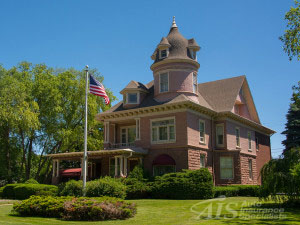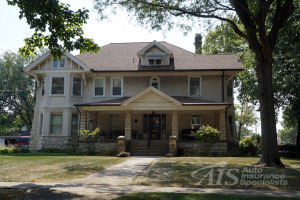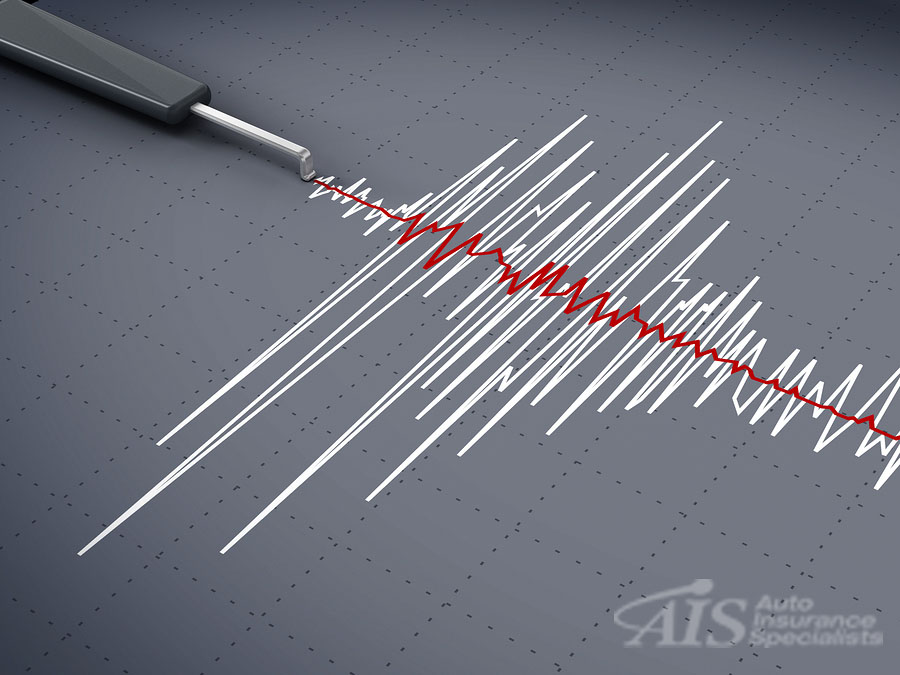
You’ve just moved into your dream house, a Victorian that was built in the late 1800’s. It has a gorgeous porch with columns and a bay window that allows light to flood the space, and you can see yourself living here for a long time. Many people enjoy owning antique and vintage items for sentimental reasons or to preserve a part of history. Owning an older home may be a way for the next generation to hold on to family history or connect with a bygone era.
If the walls of your older home could talk, they could tell you about the people that have lived in the home and the way times have changed over the years – and they could let you know about the unsafe wiring or other issues that can’t be seen, but could lead to major problems. Historic homes can be charming and attractive, but what happens when damage occurs or repairs are needed? It is important to understand what is involved with owning an older home, including particular insurance coverage that may be needed.
Homeowner’s Insurance provides coverage when something happens to damage your home. Instead of having to finance repairs or replacement on your own, homeowner’s insurance pays the cost when the damage is covered under your policy, minus any deductible you may have.
For most homes, standard homeowner’s insurance will cover needed costs for repair and replacement based on the value of your home; however, older homes have special insurance needs that must be considered.
Special Needs of Older Homes
Building codes and standards have changed a lot in the last 50 to 100 years or more, since many older homes have been built. Chances are that older homes don’t meet today’s requirements in the way they were originally built. If the electrical or plumbing systems have not been updated, you may find it difficult to obtain insurance at all.
Many municipalities have regulations in place requiring an older structure to be demolished if 50% or more of it is damaged. It must then be rebuilt according to current building codes and standards. Typical homeowner’s insurance doesn’t allow for coverage on the undamaged part of the home, which can leave homeowners on the hook for tens or hundreds of thousands of dollars in demolition and rebuilding costs.
Even if the home doesn’t need to be demolished, it will need to be repaired according to the current laws and requirements, which are undoubtedly stricter than they were when the house was built. Research over the last few decades has uncovered countless construction methods that are effective as well as safe, and those techniques have then turned into building codes and requirements.
Another consideration in repairing or replacing older homes is the cost of rebuilding, which may be much higher than the value of the home, on which insurance coverage is based. For instance, if a 100-year-old home is worth $200,000 but will cost $300,000 to rebuild, homeowners with a typical insurance policy will only receive $200,000 from their insurance claim.

Historic Homes Have Even More Requirements
If an older home is included in a historic district designated as such by the municipality, there can be even more requirements about how it can be repaired and rebuilt. Although new materials may be used, they may be required to conform to historical appearances. In some cases, new construction is required to use certain building materials that comply with regulations for the historic district.
When particular materials for construction or repair are required, the cost can exceed typical construction costs and place a burden on the homeowner. It is important to know these requirements and needs when considering the purchase of an older home. Repairs that aren’t done as required by ordinances will be subject to fines and will need to be redone in compliance with the laws, which will end up costing even more.
There are effective ways to update and renovate historic homes while preserving their historic look and feel, but the costs for doing so often exceed traditional insurance coverage. Special coverage is required to adequately cover these costs while protecting both the homeowner’s investment and the integrity of the historic community.
Ordinance and Law Coverage Can Help With Increased Costs
Traditional homeowner’s insurance coverage does provide some building ordinance coverage to help repairs comply with local ordinances, but this coverage is limited and will not be enough to cover demolishing an undamaged part of the structure and rebuilding according to today’s building codes. The ordinance and law coverage of an older home can be increased with endorsement so that it will cover all the costs that will be needed if demolishing and rebuilding the home to comply with city ordinances is required.
Ordinance and law coverage should be added to the insurance coverage of all older homes that have laws requiring demolition of an older building that is partially damaged. This type of coverage will take care of demolition costs as well as rebuilding the home according to current building and zoning laws. It is the best and often the only way to protect homeowners of an older home from repair and replacement costs that they couldn’t pay on their own.
A home is an investment that requires continual maintenance and upkeep. The value of this investment will be destroyed if the homeowners don’t have the means to repair or replace it, either through insurance or on their own. It only makes sense to protect your home with the proper insurance coverage to avoid losing part or all of this very important investment.
Get a homeowners insurance quote from AIS insurance that will protect your most important investment, your home.
The information in this article was obtained from various sources. This content is offered for educational purposes only and does not represent contractual agreements, nor is it intended to replace manuals or instructions provided by the manufacturer or the advice of a qualified professional. The definitions, terms and coverage in a given policy may be different than those suggested here and such policy will be governed by the language contained therein. No warranty or appropriateness for a specific purpose is expressed or implied.


